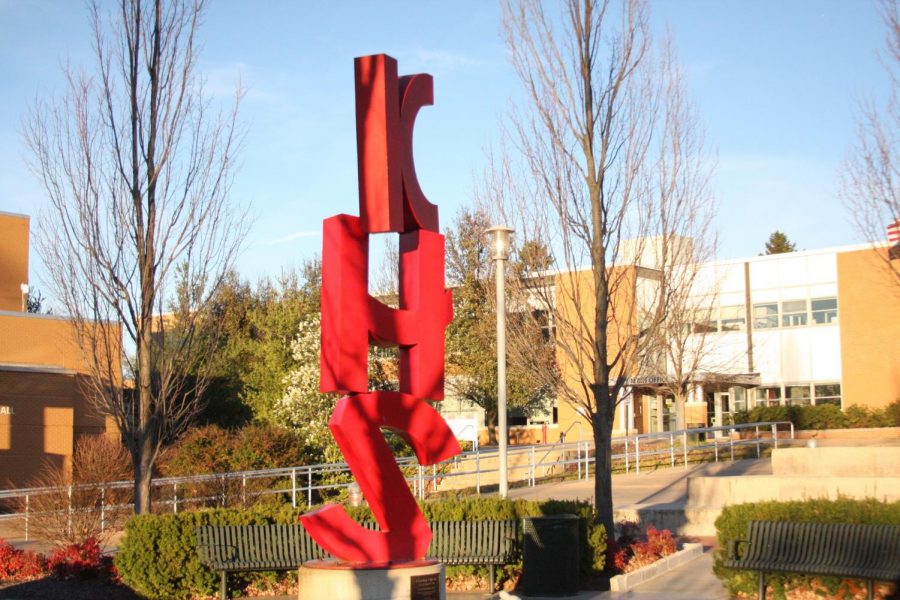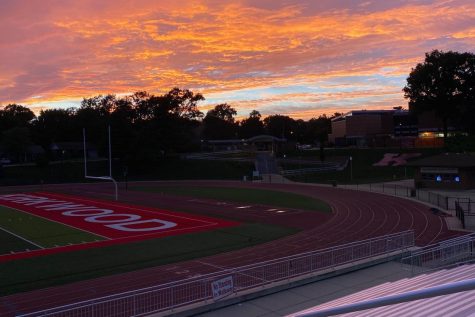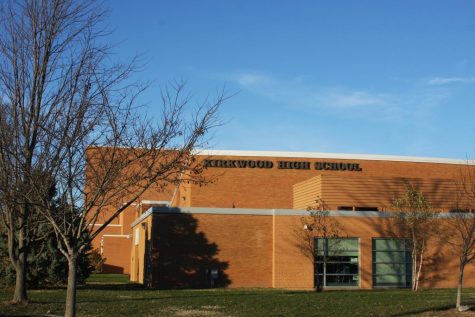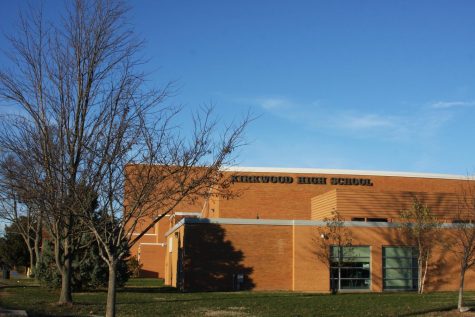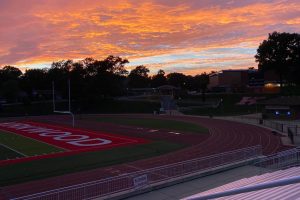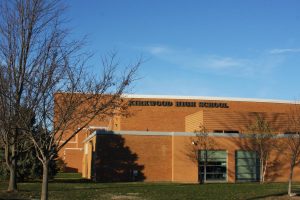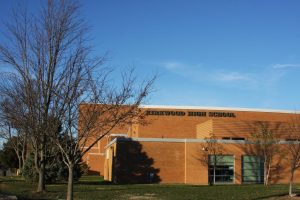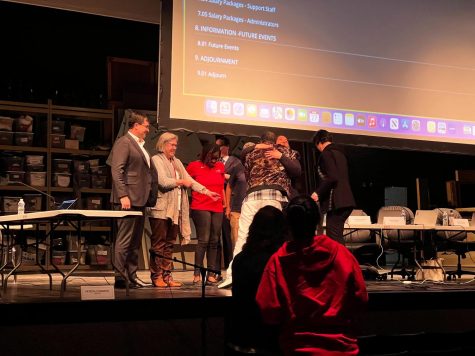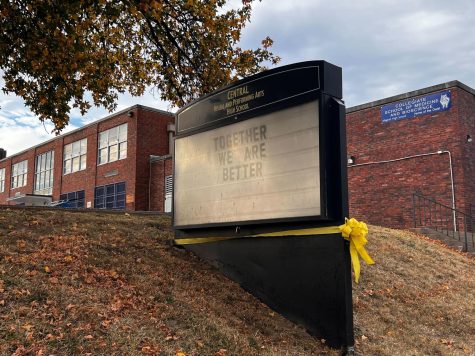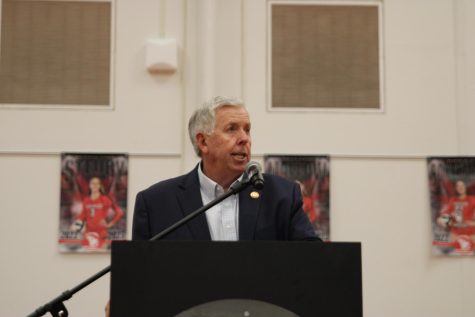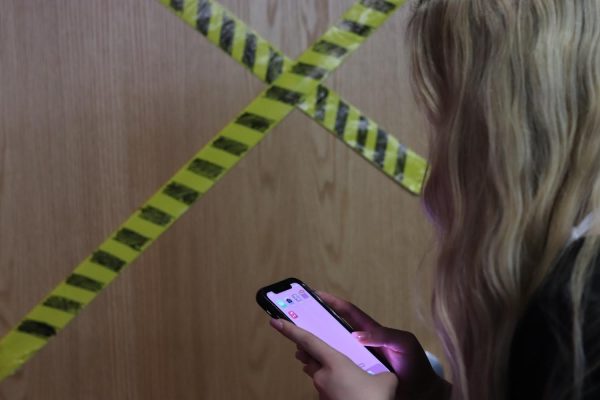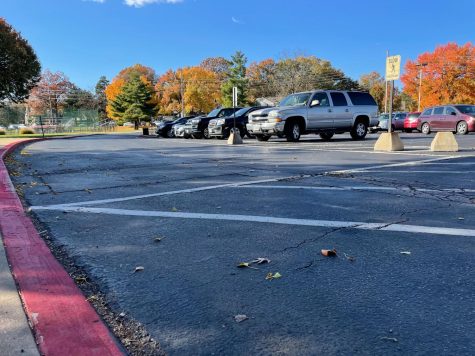Call ed: We should not return full-day
TKC continues to call on KSD to include students in their decisions.
Over four months ago, TKC wrote a staff editorial calling for the inclusion of student voices in KSD’s decision to return to in-person learning. Now, Kirkwood’s middle and high schools are in full preparation to pivot to full-day in-person learning, and students still do not feel heard. Faced with the same issue — a lack of student input — we call on KSD to do better, yet again. However, this call to action has a slightly different ring.
Four months ago, many students were happy to get out of their bedrooms and desk chairs for a half day at school, reuniting with friends and finally physically meeting their teachers. We made a point to criticize how the district made that decision for us, not the decision itself. This time, we are vastly disappointed in both. TKC voted with an overwhelming majority, 83% (52/63), that students and teachers should not be returning to full days of school on campus. On top of that, we also voted with a 90% (57/63) majority that this decision-making process was not done in the best way for students, teachers and our community.
On Feb. 12, the CDC published recommendations for middle and high school students learning on campus all day. Conversations of a full-day return slowly began prior to the updated CDC recommendations according to KHS principal Dr. Mike Havener. But only three days after the CDC’s announcement, KSD Superintendent Dr. David Ulrich sent an all-staff email announcing that plans for a 7-hour school day were soon to be in full swing. This was Feb. 15, exactly one month before the proposed day to return.
In the fall semester, plans for reentry began in August, and KSD staggered elementary, middle and high school return. We knew it was coming. This time around, by the time the student body knew, the date was less than a month away. We had no clue what the return would look like, and we didn’t know where to find the information. It’s safe to say Ulrich left many heads spinning with this announcement.
The timing of the decision may not seem pertinent, but at the time there were no definitive plans for the two largest issues KHS faced: lunch and homeroom. The district didn’t have answers, yet they made the decision. But who exactly is accountable for each specific aspect of the return has raised some eyebrows.
This decree to return sits squarely on Ulrich’s shoulders, yet the principals are the people scrambling to find answers. The superintendent has the sole power to make this decision — the BOE did not have to vote, and they didn’t even have to in October. The principals were essentially told ‘this is what we are doing, figure it out.’ They are in charge of finding the resources for and building the system that hundreds of students will risk their mental and physical health to follow.
This decree to return sits squarely on Ulrich’s shoulders, yet the principals are the people scrambling to find answers.
We haven’t even discussed what exactly returning will look like: 90 minute classes — like the pre-COVID block schedule — except now we are confined by desk shields and contact tracing risks; assigned seating for lunch, but vague solutions to the contact tracing issue of eating outside; in-person homeroom, “traveling” to teachers by joining their Zooms, along with the other 1,000+ students in the building.
And what about the virtual students? These last few months, they have been cut off from real-time interaction during morning class periods, but in the afternoons, they finally become equal to their peers as everyone joins from their bedrooms. What happens to them now, a second thought for eight hours rather than four? With the record number of Fs this year, combined with the struggling mental health of virtual students, why are we changing anything if it doesn’t explicitly benefit those who are falling behind?
One party often going unnoticed in this equation is teachers. They have been going to school full-day since October, instructed to teach from their classrooms in the afternoons after spending mornings whiplashed by the back and forth of interacting with in-person and virtual students. On an all-staff Zoom meeting Feb. 16, teachers were given an opportunity to ask questions and provide concerns about the return.
There were dozens of questions with an equal amount of vague answers from KSD. How would we prevent our virtual students falling behind if we are on campus all day? “We hope that the strategies you have implemented to meet the needs of your virtual learners would be similar as we move to in-person learning.” How many students of color have selected the virtual model? I am worried this will isolate them and go against our commitment to equity. “Students and families will have the opportunity to select either in-person or virtual learning with the new schedule.” Can we postpone this decision until teachers are eligible for vaccination? “We have no definitive timeline for vaccinations so we would not postpone until that point.” To note, Webster Groves School District is offering their employees an opportunity to receive the vaccination on March 16. That day will be asynchronous for students.
Each of these troubling pieces to the puzzle could have their own opinions piece. The most frustrating element that rises to the top is still the lack of student input. We are angry. We are scared. We aren’t sure what else we can do to ensure our voices are heard, so we are tired. While it’s only March, another decision-making opportunity hangs in the air: the 2021-2022 school year. We desperately urge the district — specifically Dr. Ulrich, who is the sole decision-maker in this regard — to listen to what we have to say — but not just when we are angry, scared and tired. Ask us before the decision is made. Create a place for students to provide feedback — on Friday March 12, a survey was sent out on Schoology, asking questions about student opinions and offering a discussion with an administrator. We need more of these, and earlier. Form more diverse student advocacy groups and even come visit your schools. Obviously, we have opinions, but we also have ideas, solutions and insight. Students are calling for change, and it’s time you pick up the phone.
Your donation will support the student journalists of Kirkwood High School. Your contribution will allow us to purchase equipment and cover our annual website hosting costs.
This is the opinion of the entire Kirkwood Call staff.
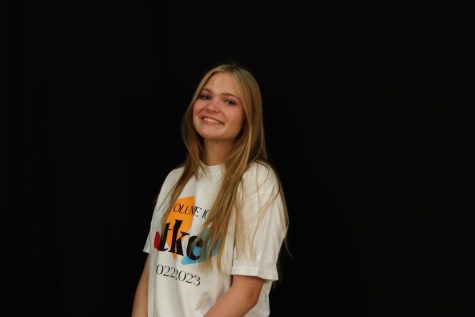
She/Her
Hobbies and Interests: photography, piano, hiking, reading
Favorite song: New Year's Day by Taylor Swift
Favorite Quote: "To define...


